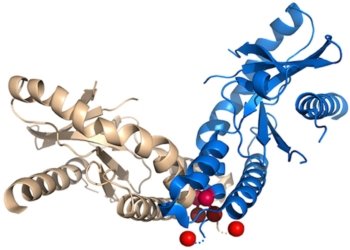Recent studies have revealed alarming connections between early-life exposure to air and noise pollution and the mental health of children. Researchers have found that children exposed to high levels of air pollutants and noise are at a significantly higher risk of developing mental health issues such as depression, anxiety, and psychotic experiences. This article delves into the findings of these studies and explores the implications for public health and policy.
The Impact of Air Pollution on Mental Health
Air pollution, particularly fine particulate matter (PM2.5), has been linked to various mental health issues in children. Studies show that exposure to these pollutants during gestation and early childhood can lead to higher rates of depression and psychotic experiences. The mechanisms behind this include neuroinflammation and oxidative stress, which can affect brain development and function.

Moreover, children living in areas with high levels of air pollution are more likely to experience cognitive deficits and behavioral problems. These issues can persist into adolescence and adulthood, highlighting the long-term impact of early exposure. The findings underscore the need for stricter air quality regulations to protect vulnerable populations, especially children.
In addition to mental health issues, air pollution has been associated with physical health problems such as asthma and respiratory infections. These conditions can further exacerbate mental health problems, creating a vicious cycle of poor health outcomes.
Noise Pollution and Its Effects on Children
Noise pollution, often overlooked, is another significant factor affecting children’s mental health. Chronic exposure to high noise levels, such as traffic noise, has been linked to increased anxiety and stress in children. This constant noise can disrupt sleep patterns, leading to fatigue and decreased cognitive performance.
Studies have shown that children exposed to high noise levels are more likely to develop anxiety disorders and exhibit symptoms of hyperactivity and inattention. The stress caused by noise pollution can also impair emotional regulation, making it difficult for children to cope with everyday challenges.
Efforts to reduce noise pollution, such as implementing noise barriers and promoting quieter urban designs, are crucial in mitigating these adverse effects. Public awareness campaigns can also help educate communities about the importance of reducing noise pollution for children’s health.
Policy Implications and Future Directions
The findings from these studies highlight the urgent need for comprehensive policies to address both air and noise pollution. Governments and policymakers must prioritize the health of children by implementing stricter regulations on emissions and noise levels. This includes setting lower limits for air pollutants and enforcing noise control measures in residential areas.
Investing in green spaces and promoting active transportation can also help reduce pollution levels and improve overall public health. Schools and childcare centers should be located away from major sources of pollution to minimize children’s exposure.
Future research should continue to explore the long-term effects of pollution on mental health and identify effective interventions. By addressing these environmental factors, we can create healthier environments for children to grow and thrive.



































